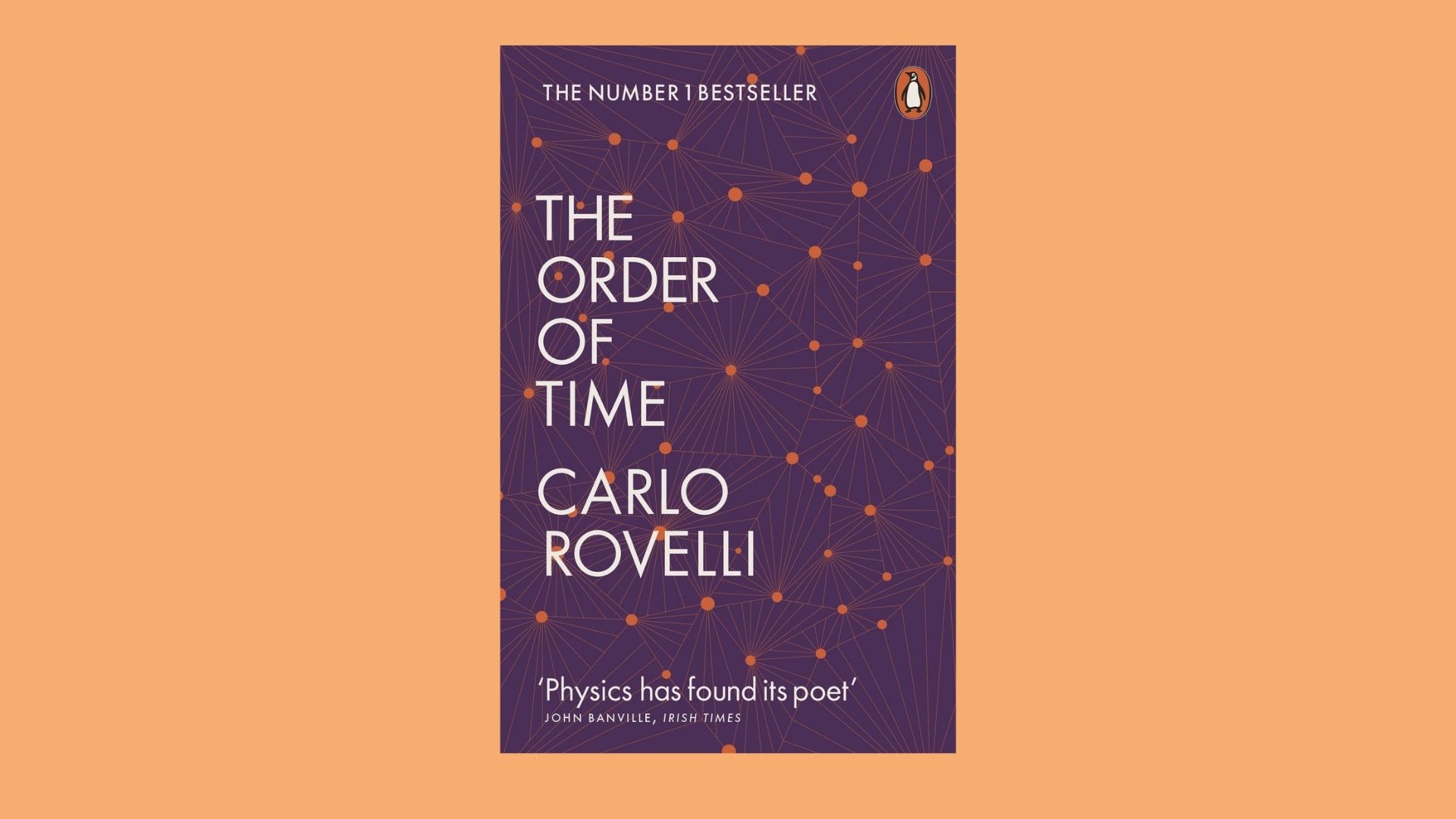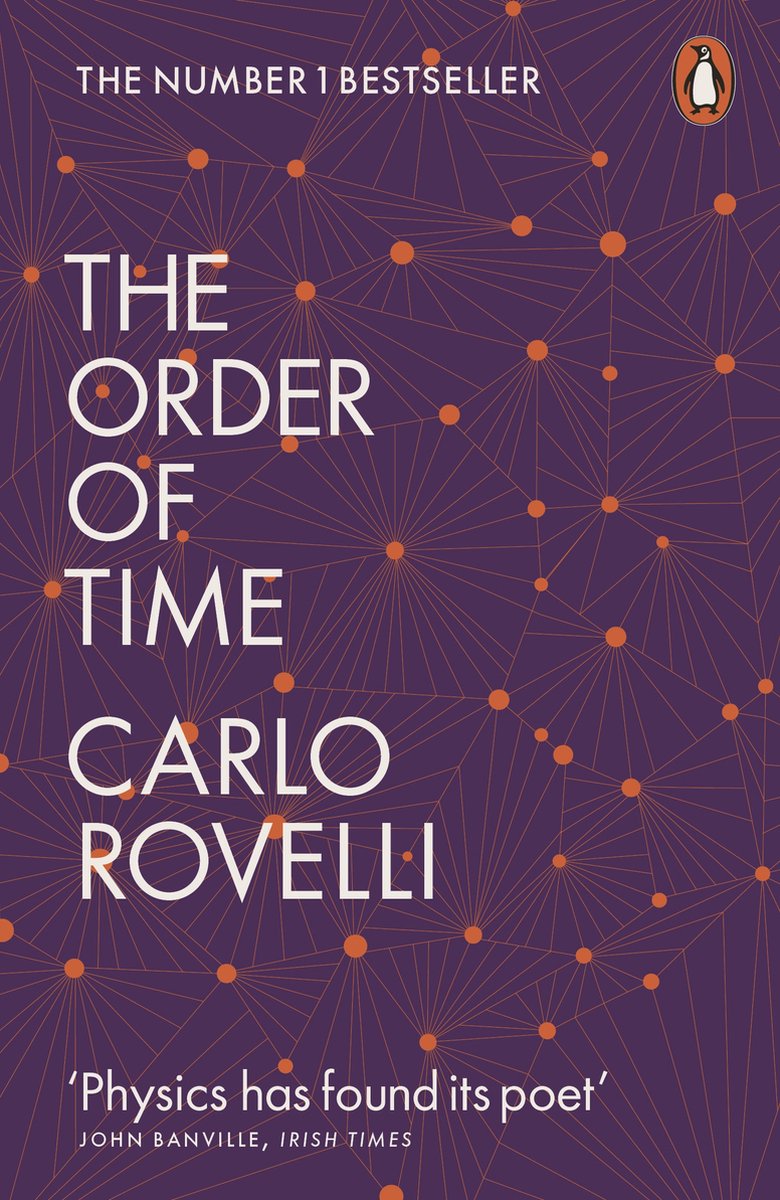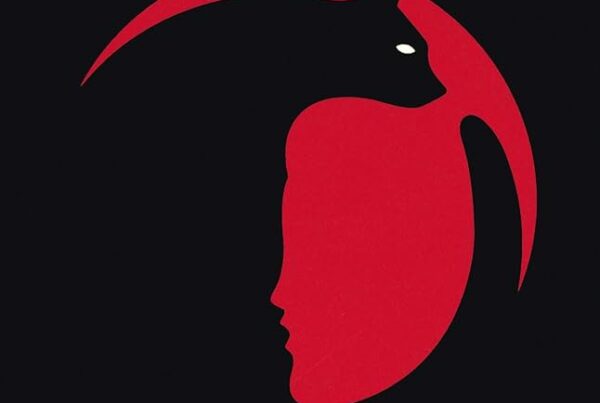
Carlo Rovelli is an Italian physicist and writer. In addition to his research, he has several best-selling popular science books on complicated concepts of life and physics. In his book The Order of Time, Rovelli reveals the fascinating history of the concept of time.
Rovelli starts the book by explaining the most important and relevant concepts of physics to his readers. Firstly, he explains how time does not have the same speed everywhere in the world. Although it is a minuscule difference, time moves faster in the mountains compared to the places at sea level. This means that technically, I would be older by now if I grew up in the mountains. Then there is the role that heat plays, of course. One of the most basic physics facts that we all know is that heat always moves from the hotter object to the colder one. This also means that for objects to change, things have to move, and this motion happens only with heat. Consequently, for time to move forward, heat is a prerequisite. The changing speed of time was not the most surprising fact, but heat being a necessity for time’s existence was truly unexpected from my side.
After reading a few more pages, I thought the book was missing a really important element and I was getting disappointed that this topic was not included in the discussion of time. And right at that moment, I turned the page to the exact chapter that I was thinking of: The World is Made of Events, not Things. Here, Rovelli explains why time is not stable and linear but it is rather dynamic and is made up of events that we experience. The world is a network of events. We would not be evolving and improving if we were not changing the way things work or creating concepts by making new discoveries. Just like with heat, there is no going forward (of time) if there is nothing that has changed by experiences. Things do not persist in time, but they are constantly made up of events that keep them going in time. When you think of it, this is also one of the biggest challenges that we have in science. We can not just freeze things, an active human brain for example, and study it. Instead, we need to adapt to ever-changing events and investigate things in constant change. One of the most interesting ones about time being the Oddball effect, this ever-changing nature can easily be seen in theories of perception in psychology and neuroscience. Rovelli says, we understand the world in its becoming, not in its being.
My mom is an excellent physics teacher who has the skills to explain tricky concepts to almost anyone. Therefore, anytime someone else explains physics to me, they are competing with a high bar in my mind. Although I (of course) still see my mom as the best physics teacher, Rovelli does a quite good job of explaining very complex concepts in simple words as well. From Einstein’s theories to quantum physics, he always finds a good way to simplify the concepts and successfully speak to the general public in his book. On top of coming up with nice explanations, he also included nice illustrations with Smurfs (yes, those tiny blue creatures) that helped me wrap my head around the concepts.
The Order of Time also had a little bit of philosophy next to science, and I usually enjoy books that include both. In this book, however, the philosophical side sounded more like descriptions of dreams than challenging philosophical ideas that give perspective. This may be due to Rovelli’s fascination by physics and the romantic way he likes to talk about it. While this might make the book more enjoyable for some readers, for me it felt a bit forced. Scientific concepts are already beautiful and impressive in their own way because they explain incredible processes found with research. We can dream of anything, but it is not easy to conduct successful research and make scientific discoveries. Adding dreamy descriptions to those discoveries takes away from the fascination I get from them being real.
All in all, I would definitely recommend The Order of Time to any brain scientist who is interested in physics. It is a joy to see how physics, the begrudged science, also supports the idea that our human perception plays a significant role in the construction of reality.
Available at your local book store or online, starting from €11,99.

Carlo Rovelli is an Italian physicist and writer. In addition to his research, he has several best-selling popular science books on complicated concepts of life and physics. In his book The Order of Time, Rovelli reveals the fascinating history of the concept of time.
Rovelli starts the book by explaining the most important and relevant concepts of physics to his readers. Firstly, he explains how time does not have the same speed everywhere in the world. Although it is a minuscule difference, time moves faster in the mountains compared to the places at sea level. This means that technically, I would be older by now if I grew up in the mountains. Then there is the role that heat plays, of course. One of the most basic physics facts that we all know is that heat always moves from the hotter object to the colder one. This also means that for objects to change, things have to move, and this motion happens only with heat. Consequently, for time to move forward, heat is a prerequisite. The changing speed of time was not the most surprising fact, but heat being a necessity for time’s existence was truly unexpected from my side.
After reading a few more pages, I thought the book was missing a really important element and I was getting disappointed that this topic was not included in the discussion of time. And right at that moment, I turned the page to the exact chapter that I was thinking of: The World is Made of Events, not Things. Here, Rovelli explains why time is not stable and linear but it is rather dynamic and is made up of events that we experience. The world is a network of events. We would not be evolving and improving if we were not changing the way things work or creating concepts by making new discoveries. Just like with heat, there is no going forward (of time) if there is nothing that has changed by experiences. Things do not persist in time, but they are constantly made up of events that keep them going in time. When you think of it, this is also one of the biggest challenges that we have in science. We can not just freeze things, an active human brain for example, and study it. Instead, we need to adapt to ever-changing events and investigate things in constant change. One of the most interesting ones about time being the Oddball effect, this ever-changing nature can easily be seen in theories of perception in psychology and neuroscience. Rovelli says, we understand the world in its becoming, not in its being.
My mom is an excellent physics teacher who has the skills to explain tricky concepts to almost anyone. Therefore, anytime someone else explains physics to me, they are competing with a high bar in my mind. Although I (of course) still see my mom as the best physics teacher, Rovelli does a quite good job of explaining very complex concepts in simple words as well. From Einstein’s theories to quantum physics, he always finds a good way to simplify the concepts and successfully speak to the general public in his book. On top of coming up with nice explanations, he also included nice illustrations with Smurfs (yes, those tiny blue creatures) that helped me wrap my head around the concepts.
The Order of Time also had a little bit of philosophy next to science, and I usually enjoy books that include both. In this book, however, the philosophical side sounded more like descriptions of dreams than challenging philosophical ideas that give perspective. This may be due to Rovelli’s fascination by physics and the romantic way he likes to talk about it. While this might make the book more enjoyable for some readers, for me it felt a bit forced. Scientific concepts are already beautiful and impressive in their own way because they explain incredible processes found with research. We can dream of anything, but it is not easy to conduct successful research and make scientific discoveries. Adding dreamy descriptions to those discoveries takes away from the fascination I get from them being real.
All in all, I would definitely recommend The Order of Time to any brain scientist who is interested in physics. It is a joy to see how physics, the begrudged science, also supports the idea that our human perception plays a significant role in the construction of reality.
Available at your local book store or online, starting from €11,99.




